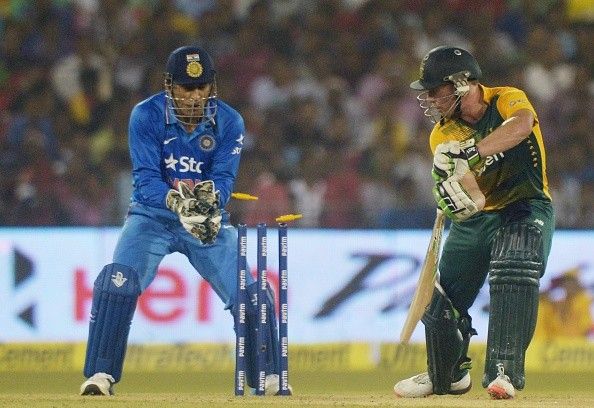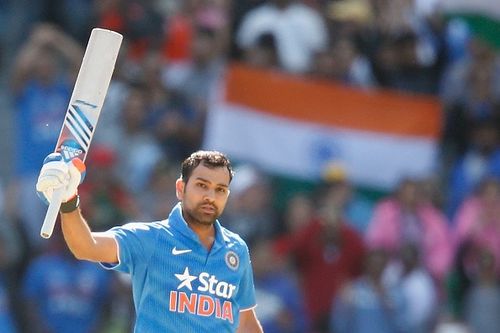
Analyzing the major strengths and weaknesses of some of the established batsmen in India-SA squads
Assessing well established India-South Africa batsmenEvery time when my 80-year-old Grandma sees Virat Kohli playing a forward defense, she will nudge me, and with a contemptuous smile she will say “Hey, why isn’t he smashing the ball like Sachin does? This guy is such a pathetic batsman”. Though she doesn’t even know the name of this ‘pathetic batsman’, despite half a dozen eye problems, she still can recognize Sachin Ramesh Tendulkar from any crowd.Because for my Grandma, cricket is just about smashing every delivery over the ropes, and she has seen Tendulkar doing it a lot in the past. That’s the layman’s point of view of cricket - It’s simply a test between a batsman’s strength and hand-eye-co-ordination and a bowler’s pace and movement.But for die-hard cricket followers, writers and analysts, cricket is not that simple to digest. They love to go deeper into the intricacies of the gentleman’s game, getting more specific rather than generalizing with popular notions. For them, cricket is a complex web of cause - effect relations.There is no such thing as a perfect crime. Every great innings is aided by a tinge of luck. There’s no perfect batsman, bowler or a fielder. Everybody makes mistakes and have their own weak and strong zones. We appreciate them when they drive the cricket ball elegantly, whereas we denounce them when the same stroke results in an edge.Why Raina - someone with very quick reflexes still can’t pull the short bowl as effectively as some of his teammates? Why is Rahane’s stroke play better in foreign conditions while the talented Rohit Sharma struggles with the moving ball? There’s no shortage of talent, but perhaps there could be a profound reason behind this anomaly.It’s not that easy for the players to change their technique which they have developed over the years, but by bolstering their strong zones they can subdue their weaknesses up to a limit. It’s not fair to criticize the players without knowing their strengths and weak spots.As the T20 series between India and South Africa is progressing, let’s assess the some of the strong points and flaws of a few established batsmen in both squads.
#1 Rohit Sharma

When Rohit Sharma takes the willow, he offers a visual treat for the viewers with an exhibition of classy strokes. The batting looks so easy and spontaneous when hitman plays some of his picturesque shots. Especially in sub-continent conditions, it’s frightfully hard to contain this gifted Mumbaikar.
Strengths: Few drive the cricket ball as gracefully as Rohit does. When he lofts, more often than not, he clears the fence with ease and perfection. He won’t hit it too hard, but his surgical precision and impeccable timing make his stroke play effortless.
A strong front foot player, he is also one of the best players of the pull shot in the Indian squad.
Weaknesses: Rohit’s stroke play is similar to that of Yuvraj Singh. The bat coming down in a rhythmic fashion, presenting its full face to the ball, and then capped by a stylish follow-through.
But this lazy elegance has a minor drawback. Once committed to a stroke, it’s very difficult to alter the bat-speed in the middle, according to the variation in the delivery.
Therefore, Rohit can be snared, by well-disguised slower balls. There are high chances that he will hit it to the mid-off or mid-on fielder attempting an early shot.
With this kind of technique, sideways movement of the kookaburra will also worry his fluent bat-flow as he won’t be able to react rapidly to a ball that swings late. He might play the wrong line when the ball moves after pitching, which will result in thick edges.
A good length out-swinger on the 5th stump line is an ideal delivery to Rohit Sharma.
Trademark shot: Lofted straight-drive.